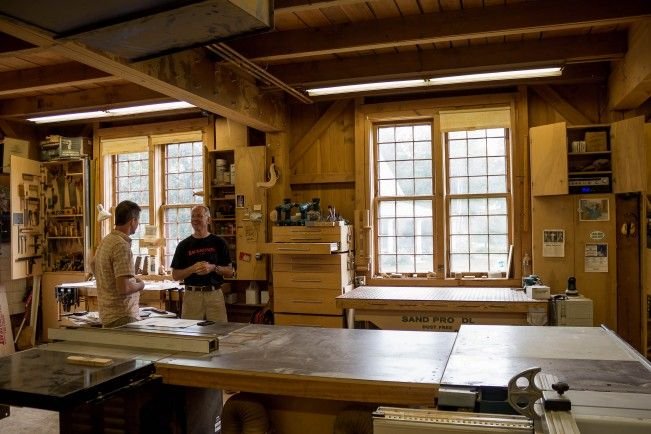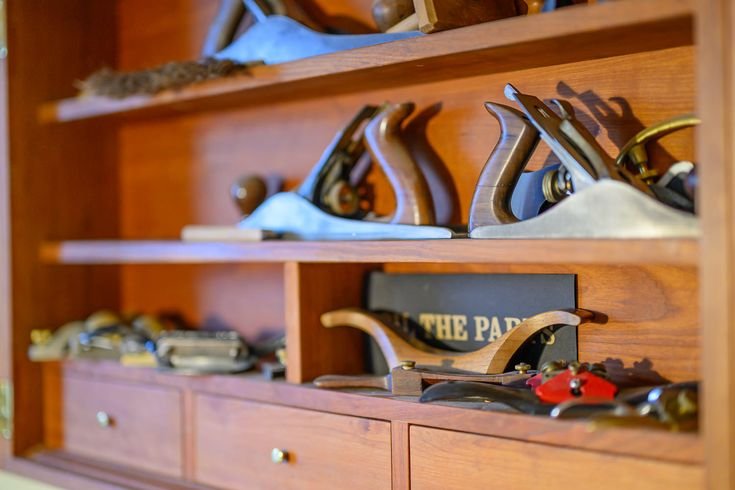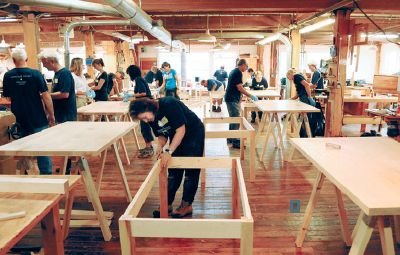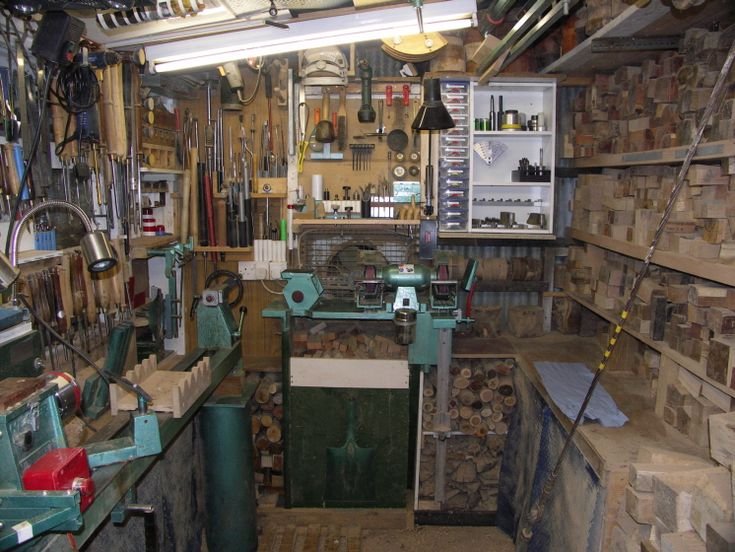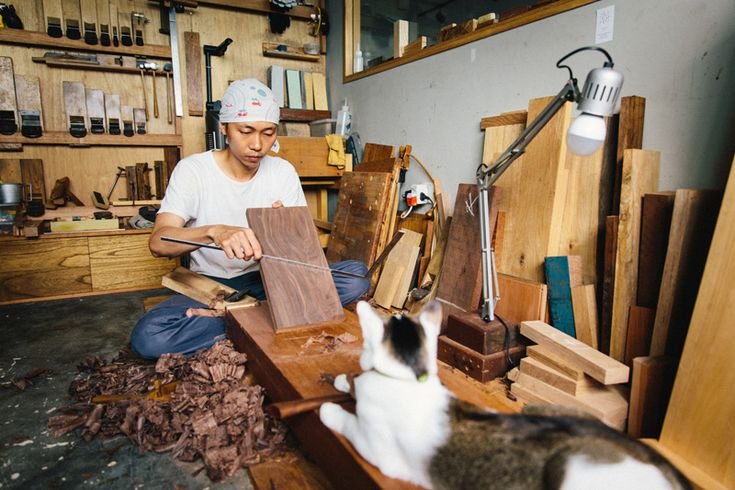The Joy and Mess of Being a Medieval Woodworker in a Modern World
You know, there’s something oddly satisfying about wood—the smell, the texture, the whole transformative experience of taking a rough piece of timber and turning it into something functional or beautiful. It’s like magic but grounded in elbow grease, you know? I’ve dabbled in woodworking for a number of years now, and every now and then, I love to reminisce about my early days, where the only thing I had was an old rusty saw and a mountain of enthusiasm.
So, picture this: I was fresh off the idea that I could recreate some medieval-style furniture. The concept struck me while watching this documentary on medieval craftsmanship. Those artisans did everything by hand—no fancy bandsaws, just heart and skill. So, naturally, I thought, “How hard could this be?” Spoiler: it’s hard.
The First Project: A Side Table
I decided my first project would be a simple side table. Nothing too outrageous but still cool enough to say, “Look what I made!” I remember wandering around the local lumberyard, running my fingers over the different types of wood. The smell of cedar was intoxicating. I snagged a couple of rough-sawn boards labeled as oak—classic, solid, probably a bit more forgiving for a newbie like me.
I got my hands on some essential tools—a hand plane, a chisel set, and of course, a hand saw. I could’ve used power tools, but, you know, I wanted that authentic medieval vibe. What does “authentic” even mean in our modern world?
So, I got to work, excited as a kid in a candy store. I cut the boards, shaping the legs and the tabletop. It felt great, at least for a while. I was humming along, but then came the dreaded moment every amateur woodworker encounters: I made a huge cut mistake. I don’t know what I was thinking; maybe I got too excited. I measured once, and in typical “measure once, cut everywhere” fashion, my pieces didn’t fit. I almost gave up then and there.
Lessons in Patience and Mistakes
Can you imagine how light-headed I felt? Here I was, ready to show off this beautiful table, and instead, I had a jigsaw puzzle that didn’t fit together. I’m no stranger to screwing things up, but this felt particularly… well, crushing.
Somehow, I found the courage to cut another piece. I kind of had to; I couldn’t let the wood win. I went back, took a few deep breaths, and schooled myself in the art of re-measuring everything—again. Something about that moment felt really important—like maybe it was more about the journey than the outcome.
After a bit of trial and error, I finally got it right. It was overwhelming, in a good way. I sanded it all down, and let me tell you, the sound of that wood coming to life under the sandpaper was music. There’s magic in those small, tactile moments when everything starts to align.
A Finishing Touch That Went Wrong
Then came the finishing part. I decided to use some linseed oil because, you know, medieval authenticity! After an hour of applying it, the smell was lingering in the air—earthy, warm. But boy, I did not know about the drying process. Long story short, I put the table in my garage, assuming it’d be fine. A day later, I opened the door, and it looked like I had nurtured a sticky, sap-covered monster.
I faced a new dilemma: how on earth do you save a sticky table? The internet wasn’t much help, so I ended up experimenting. I used a mixture of mineral spirits and elbow grease, wiping and scraping for what felt like an eternity. At one point, I thought, “This is it. I’m going to end up with a pile of firewood.”
But eventually, it worked! I laughed when I finally saw that wood grain peek through again, vibrant and bold. I bet those medieval craftsmen had their fair share of similar dilemmas.
Finding Community
After finishing the table, I was more proud than I had been in years; flaws and all, it was mine. I shared it with friends, and you wouldn’t believe the compliments! Folks started sharing their own woodworking stories, and I realized I wasn’t alone in the struggle. Honestly, it felt amazing to connect with others who understood that the craft isn’t about perfection but about learning and growing; showing up, even when things don’t go as planned.
I also found local woodworking clubs where I could share what I’d learned, mistakes and all. Everyone’s on their journey, making things out of wood, and it builds into this wonderful mix of creativity and camaraderie.
Let’s Keep It Real
Look, if you’re thinking about stepping into woodworking—or any craft, really—just go for it. Sure, you might cut the wrong piece or end up covered in sticky linseed oil; you might even question your sanity at times. But the thing is, those moments are what makes the finished product something special. They remind you of the hands-on labor and love that goes into creating something, not just throwing it together.
You’re going to learn a lot along the way—about the wood, the tools, and, maybe most importantly, about yourself. But that’s the beauty of it, right? With all its ups and downs, you’ll discover parts of yourself you didn’t know were there.
So here’s to you, my future woodworking friend—pick up that saw, measure twice (or thrice!), and jump in. Your wood’s waiting, and trust me, it’ll be worth it.

